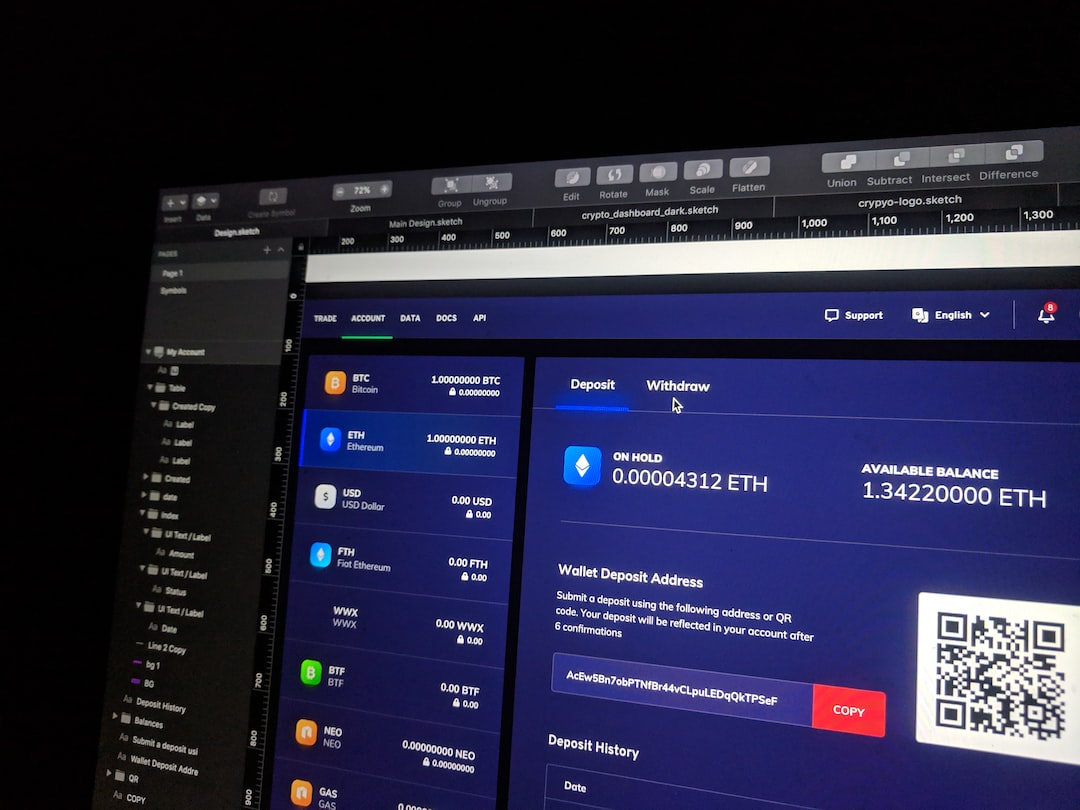The upcoming Bitcoin halving event, which reduces the reward for miners, is historically seen as a bullish event. However, the algorithm makes it more difficult to solve blocks as more machines come online, resulting in higher energy consumption for miners. During the prolonged bear market in 2022 and 2023, many miners faced financial difficulties and some even filed for bankruptcy. To survive the bear market and prepare for the next halving in 2024, miners are adopting strategies such as capital accumulation and exploring the possibility of acquiring smaller miners. Power-purchasing agreements (PPAs) also play a role in keeping miners well-capitalized by reducing risk for power producers and consumers. Texas lawmakers recently opposed PPAs struck by Bitcoin miners with ERCOT, while New York’s stricter approach has made PPAs less attractive. Miners also need state-of-the-art ASICs to survive the post-halving bear market, and some can switch off machines if necessary. The approval of a Bitcoin exchange-traded fund (ETF) could also help increase institutional demand for Bitcoin and improve miner profitability. Smaller miners can explore other revenue streams such as operating AI data centers.





 By
By
 By
By
 By
By
 By
By
 By
By